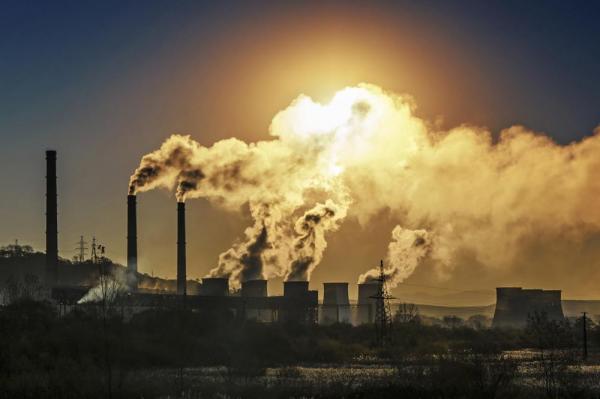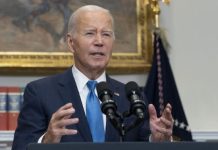
WASHINGTON, Feb. 9 (UPI) — The U.S. Supreme Court on Tuesday temporarily blocked an ambitious plan by President Barack Obama to fight climate change through greater restrictions on carbon emissions from power plants across the country.
Last year, Obama’s Clean Power Plan instructed the Environmental Protection Agency to impose new limits on how much carbon can be emitted by the plants, which scientists say are a key contributor to global warming.
That plan, though, was immediately challenged by numerous states where coal-related energy production is a hallmark of local labor and economic markets. In October, numerous states and a coal mining conglomerate filed lawsuits against the federal government over the issue.
Opponents of the restrictions argue that Obama and the EPA are overstepping their authority in mandating the new limits.
As the issue winds through the courts, the Supreme Court decided in a 5-4 vote Tuesday to block implementation of the new limits until the matter is settled.
The order satisfied requests from 30 states which asked the high court to intervene after a federal court in Washington, D.C., refused to issue a stay last month.
Justices Ruth Bader Ginsburg, Stephen Breyer, Sonia Sotomayor, and Elena Kagan dissented and said they would have allowed the EPA to enforce the law during the legal battle.
Obama’s plan seeks to cut carbon emissions by a third over the next 15 years and transition away from reliance on nonrenewable fossil fuels to cleaner, renewable sources.
If nothing comes of the lawsuits, the first deadline for states to meet the reduced carbon levels is scheduled for 2022. States must formally submit plans to meet the restrictions no later than September, though.
By issuing the stay on Tuesday, the high court’s decision effectively guaranteed that questions over the EPA plan’s legality will outlive Obama’s administration — meaning whoever succeeds him as president could opt to scrap the plan altogether.
In August, Obama called the plan “the single most important step that America has ever made in the fight against global climate change.”
Analysts say the issue will almost certainly return to the Supreme Court at some point after it plays out in lower appeals courts — and the court’s order Tuesday assured that until the plan’s legality is determined, the EPA’s plan will not become law.
“I am not surprised that our Republican critics have rushed to the courts to try and prevent something they weren’t able to do legislatively,” White House Principal Deputy Press Secretary Eric Schultz said in October.
“But we believe that this approach has been shaped by data, shaped by science, and represents a balanced, pragmatic view of how to tackle this.
“Meanwhile, our critics show up on the floor of the United States Senate with snowballs.”





